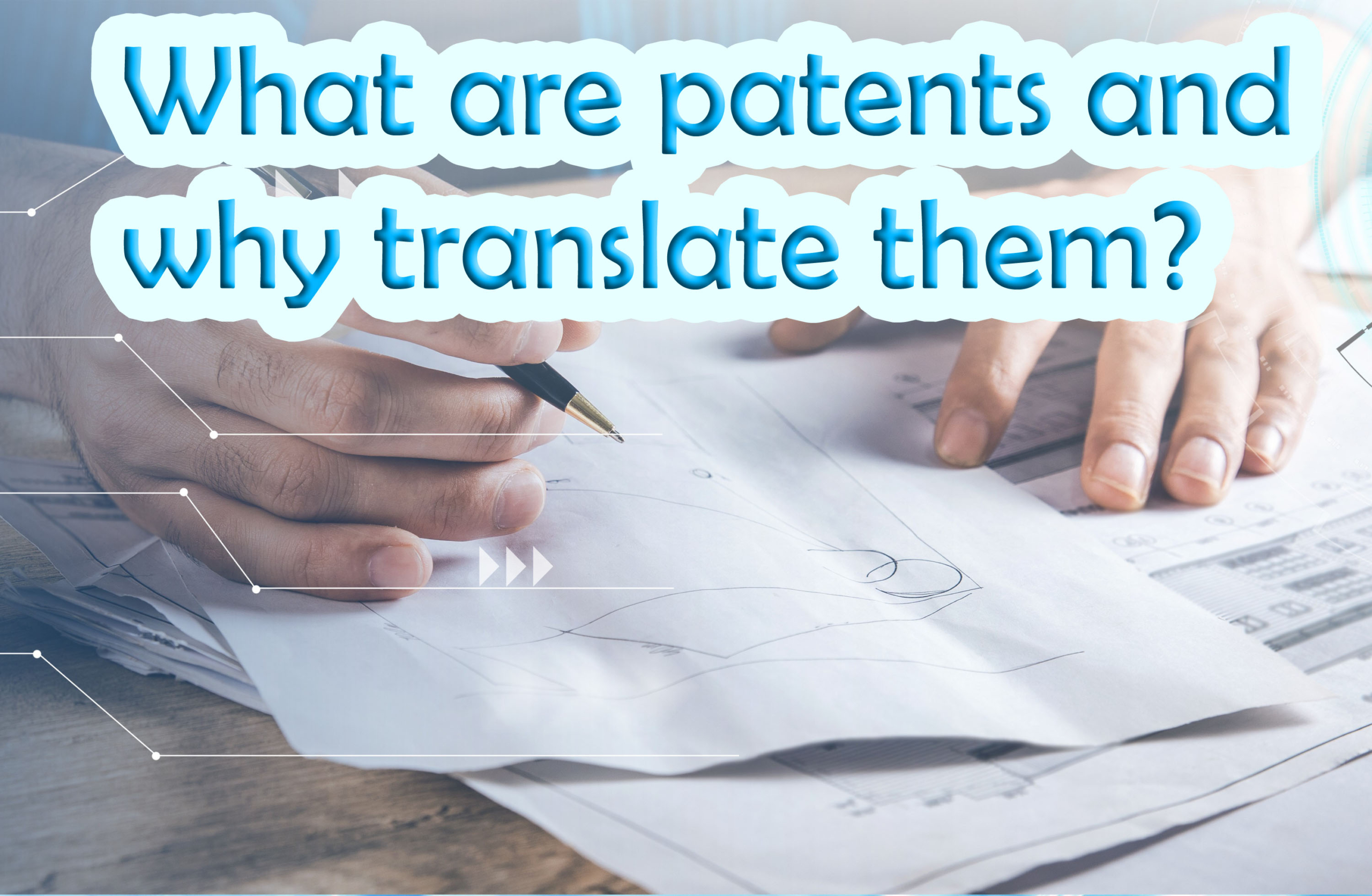Patents are a subset of intellectual property, which includes the likes of trademarks, copyrights, industrial designs and other forms of intangible property (i.e. that created in the mind and having no physical form).
Therefore, like all types of property, patents also can be considered an asset – something that can be owned and have monetary value (i.e. capable of generating income).
A patent takes the form of a legal document, which is registered with and granted by a government authority. Its purpose is to grant the holder of the patent the exclusive right to control the use of an invention within a limited area and a limited time period by preventing others from, among other, things, making, using or selling the invention without authorisation.
Patents play an important role in helping to advance technology, industry and trade. This is because the protection they afford gives inventors incentive to invest their time, energy and money in the research, design and development of new technologies and processes.
Translating patents
Patent translation plays a key role in many of the patent application processes, for example from the prior art research involved in international searches to simply providing an application in a language that is accepted by the relevant patent office or International Searching Authority.
Also, since there is no such thing as a ‘world patent’, a patent application will ultimately require translation into the respective languages of those nations where protection is sought.
The decision to validate an international patent application or to file counterpart applications in certain countries will largely be determined by where, for example, the applicant/inventor intends to make, use or sell products that are covered by the patent.

